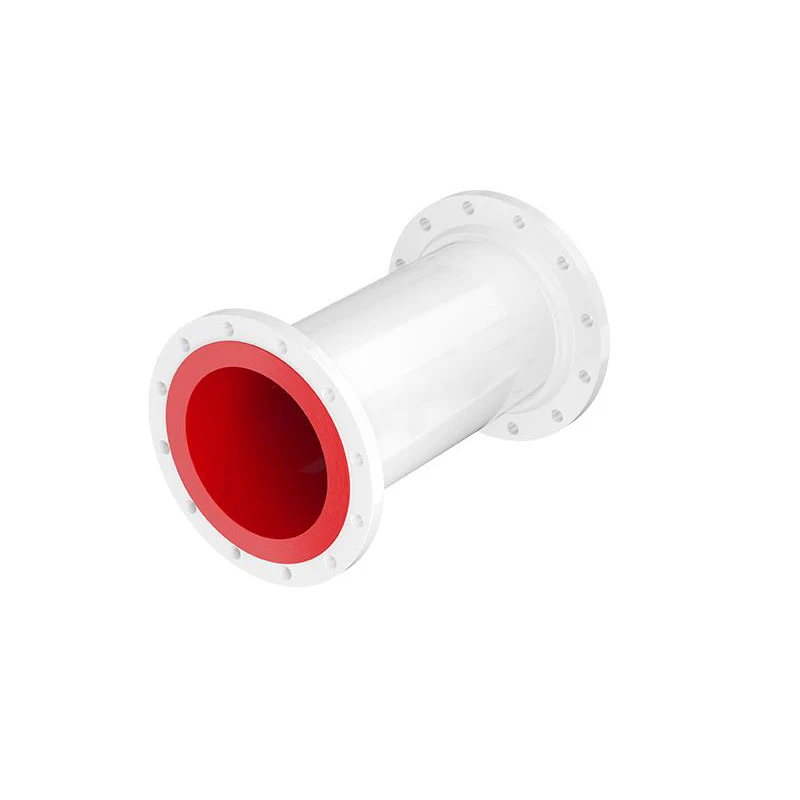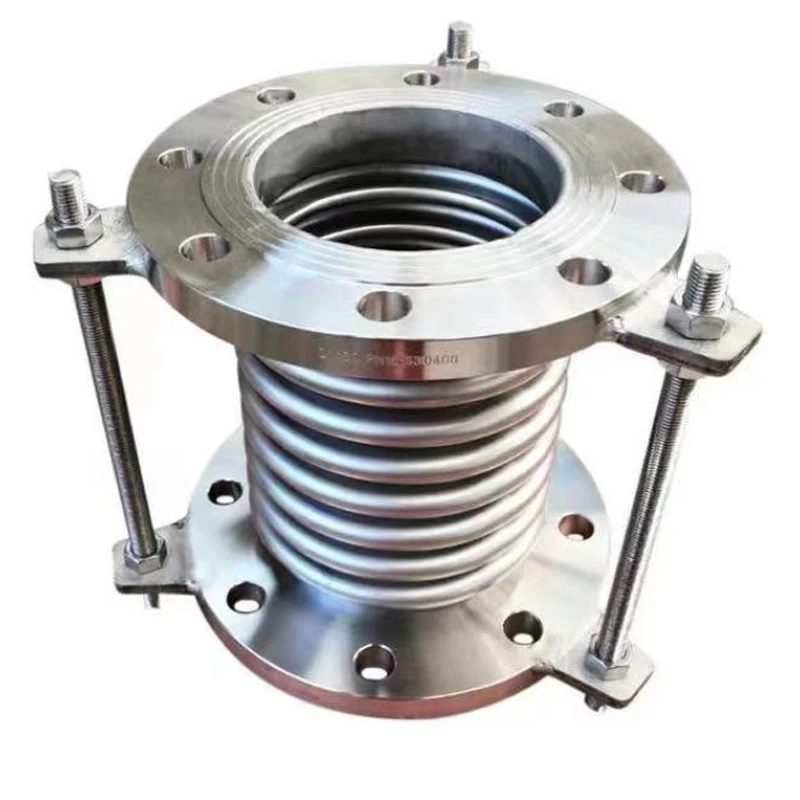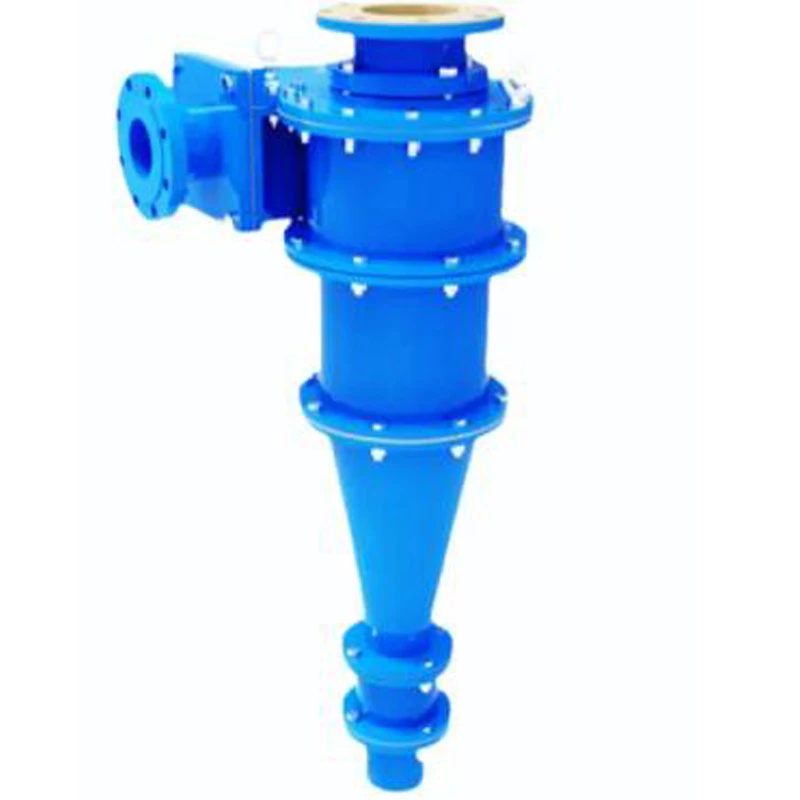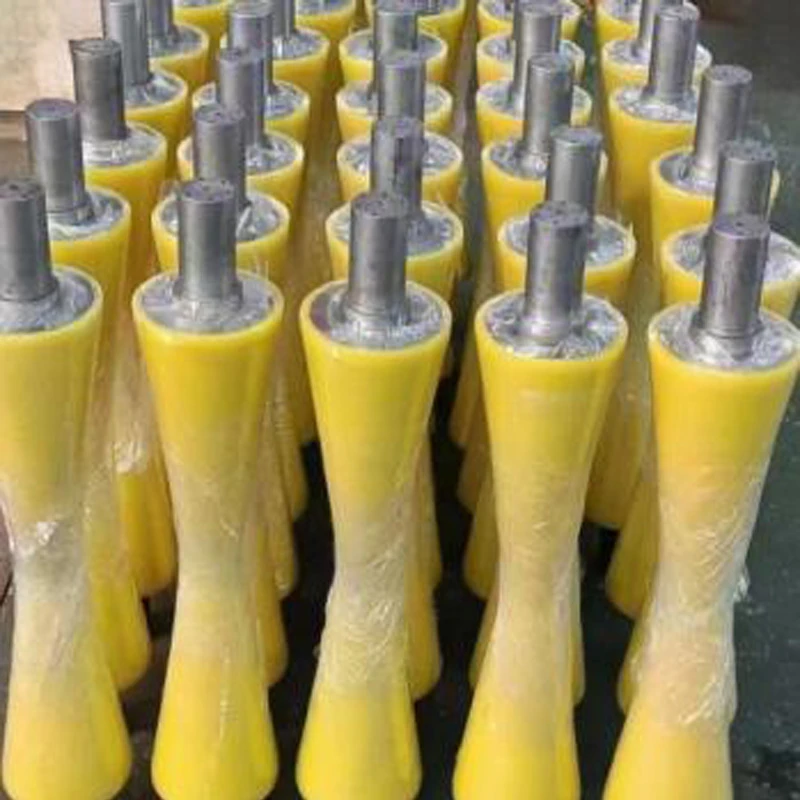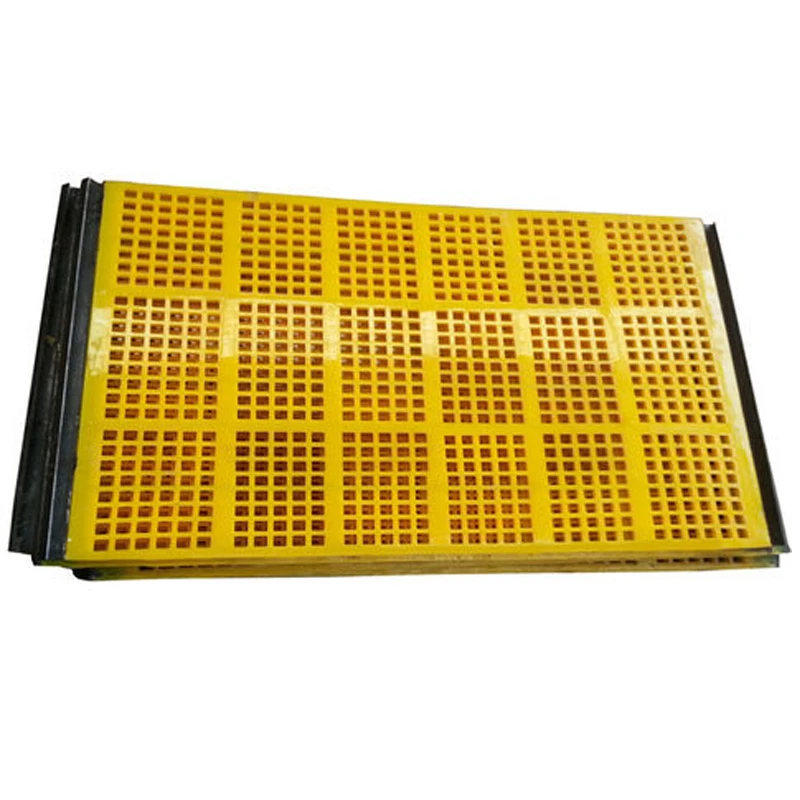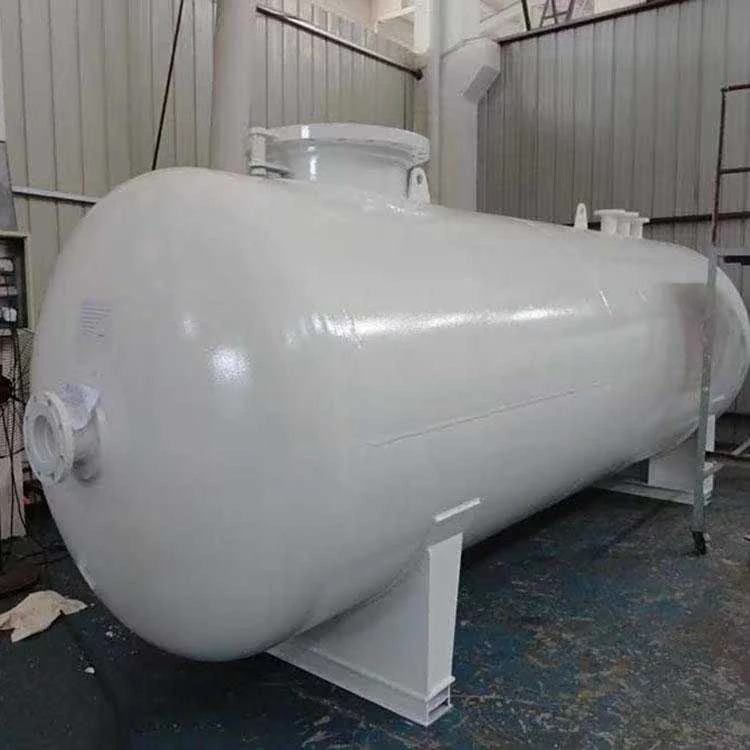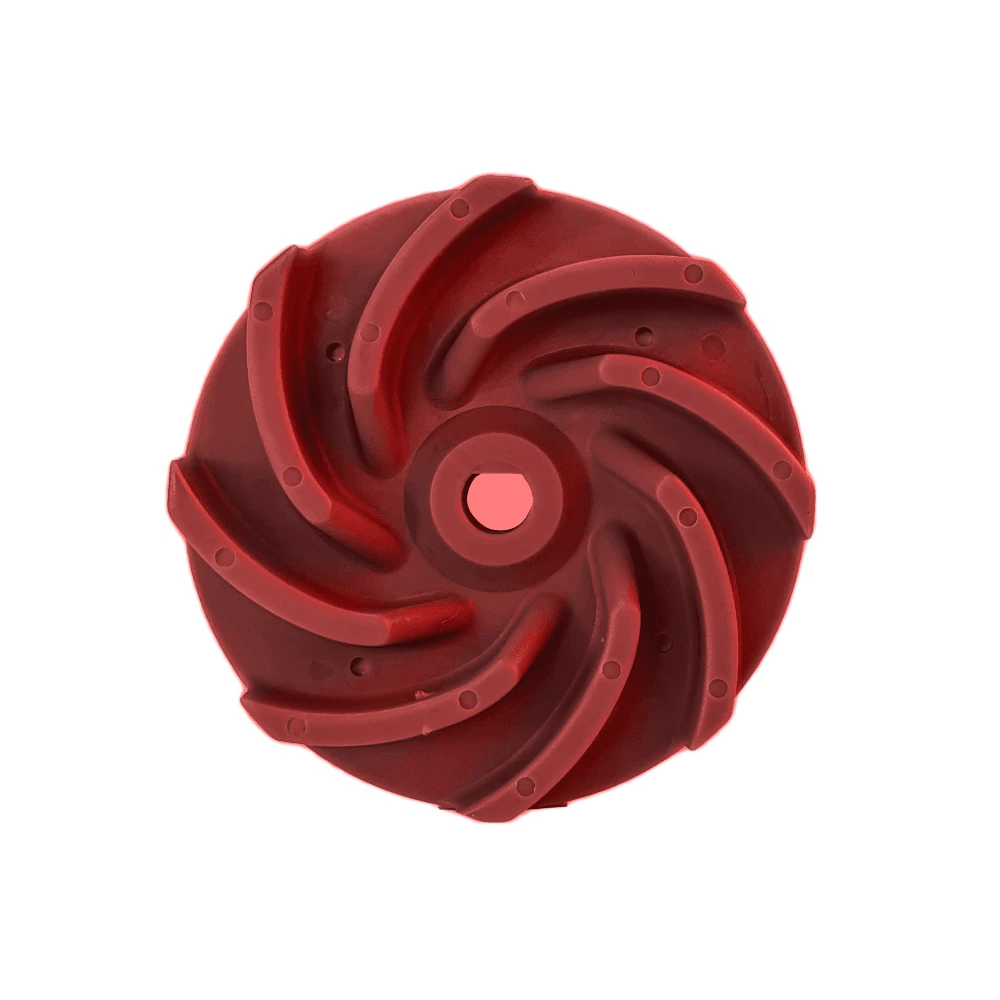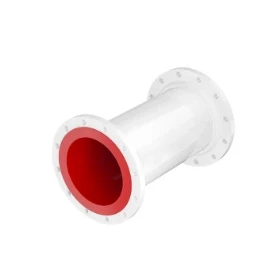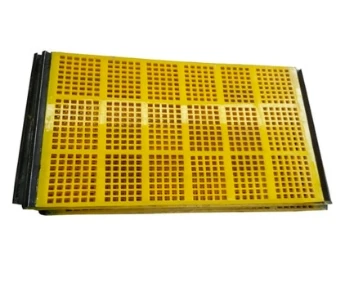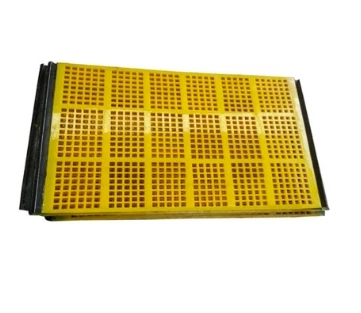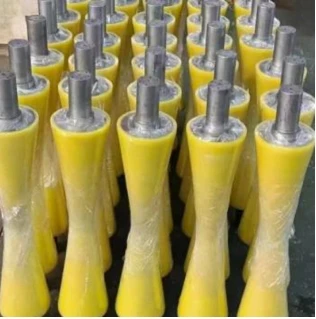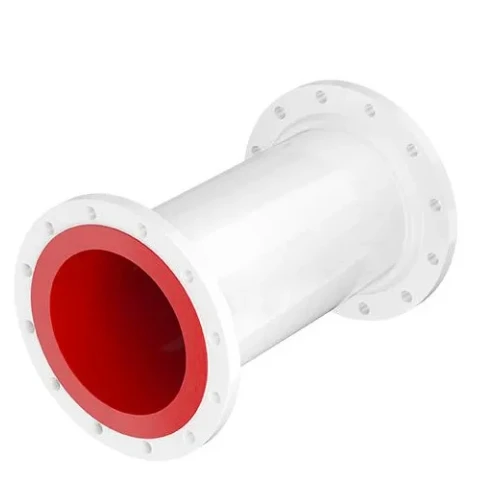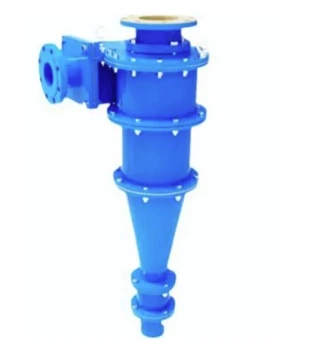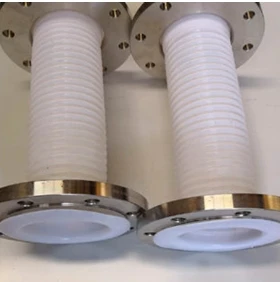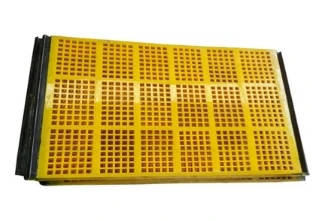Polyurethane Lined Tee Pipe-Hebei Qiaowan Metal Products Co., Ltd.|Abrasion Resistance, Corrosion Protection
Industrial systems often face extreme conditions, from abrasive slurry to corrosive chemicals. In such environments, the choice of piping materials is critical to ensuring longevity, safety, and operational efficiency. One innovative solution that has gained widespread recognition is the polyurethane-lined tee pipe. This article explores the structure, advantages, technical specifications, applications, and the company behind this advanced product, Hebei Qiaowan Metal Products Co., Ltd..
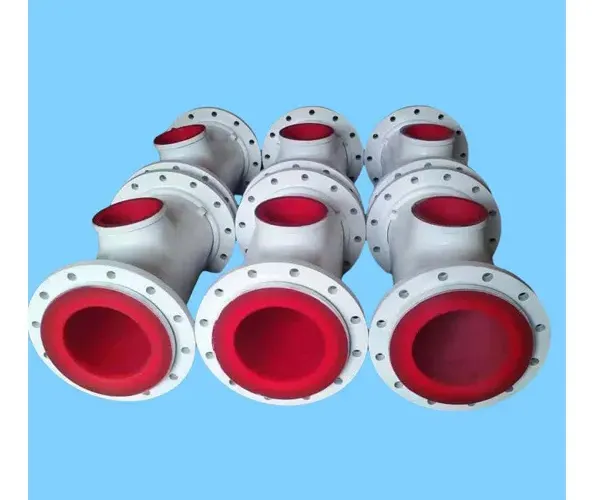
Structure and Materials: A Fusion of Strength and Resilience
The polyurethane-lined tee pipe is engineered to combine the mechanical stability of high-strength steel with the exceptional properties of polyurethane. The outer structure is typically made of high-strength steel, which provides the necessary structural integrity to withstand high pressures and mechanical stress. This robust framework ensures the tee pipe can endure demanding industrial conditions without compromising its shape or function.
Complementing the steel structure is the inner lining of polyurethane, a material celebrated for its superior abrasion, corrosion, and impact resistance. Polyurethane's molecular structure allows it to absorb and dissipate energy effectively, making it ideal for handling materials like sand, slurry, and mining byproducts. The seamless integration of steel and polyurethane creates a hybrid component that balances durability with flexibility, ensuring long-term performance in harsh environments.
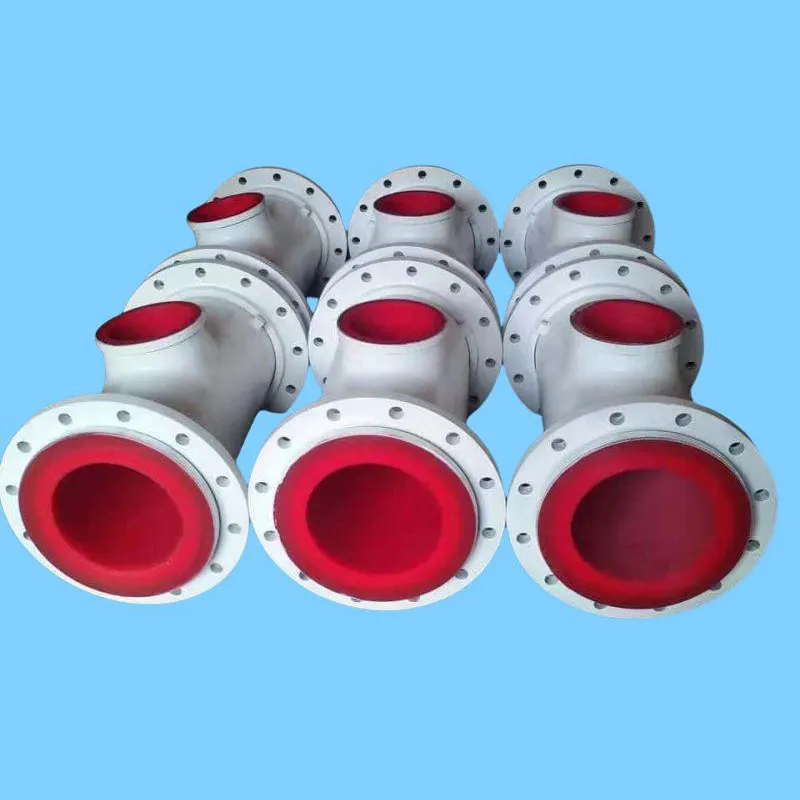
Key Advantages: Reducing Maintenance and Enhancing Efficiency
One of the most significant benefits of polyurethane-lined tee pipes is their ability to reduce maintenance costs and downtime. Traditional piping systems, especially those made of unlined steel or rubber, are prone to wear and tear from abrasive materials. This leads to frequent repairs and replacements, which can disrupt operations and increase expenses. By contrast, the polyurethane lining minimizes surface degradation, extending the component's lifespan and reducing the need for maintenance.
According to the National Institute of Standards and Technology (NIST), materials used in industrial applications must meet rigorous standards for durability and performance. Polyurethane-lined tee pipes align with these standards by offering a cost-effective solution for industries dealing with abrasive and corrosive materials. As noted in NIST's research on material science, "The integration of advanced polymers like polyurethane into industrial components significantly enhances their service life and reliability under extreme conditions" (NIST, 2025).
Technical Specifications: A Comprehensive Overview
| Feature | Details |
|---|---|
| Outer Material | High-strength steel |
| Inner Lining | Polyurethane |
| Abrasion Resistance | High, due to polyurethane's elastic properties |
| Corrosion Resistance | Excellent, suitable for acidic/alkaline environments |
| Impact Resistance | Superior, capable of absorbing high-velocity particles |
| Customizability | Available in various sizes, angles, and lining thicknesses |
Key Features: Tailored for Industrial Demands
- Abrasion Resistance: The polyurethane lining significantly reduces wear caused by abrasive materials, ensuring a longer service life compared to unlined or rubber-lined alternatives.
- Corrosion Resistance: Polyurethane is highly resistant to chemical corrosion, making it suitable for transporting materials with high acidity or alkalinity.
- Impact Resistance: The elastic nature of polyurethane absorbs impact energy, minimizing damage caused by high-velocity particles or sudden pressure changes.
- Customizability: Polyurethane-lined tee pipes can be tailored to meet specific operational requirements, including size, angle, and lining thickness, ensuring compatibility with various pipeline systems.
Applications: Versatile Solutions Across Industries
Polyurethane-lined tee pipes are widely used in industries where material flow is critical and conditions are harsh. Here are some key applications:
Mining Industry
In mining operations, the transportation of slurry, ore, and other abrasive materials is a common challenge. The polyurethane-lined tee pipe excels in this environment by resisting wear from particulate matter. This makes it an ideal choice for slurry pipelines, where frequent maintenance can be costly and time-consuming.
Chemical Processing
Chemical processing plants often deal with corrosive fluids and byproducts. The corrosion-resistant properties of polyurethane make these tee pipes suitable for handling materials with high acidity or alkalinity. This ensures the integrity of the pipeline system and reduces the risk of leaks or failures.
Power Plants
Power plants rely on efficient material flow systems, particularly in ash handling and other processes involving abrasive particulates. The polyurethane-lined tee pipe provides a durable solution for these applications, minimizing downtime and maintenance costs.
Water Treatment
In water treatment facilities, the diversion and distribution of abrasive sediments require reliable piping. The tee pipe's ability to withstand wear and corrosion ensures consistent performance, even in challenging conditions.
Company Background: Hebei Qiaowan Metal Products Co., Ltd.
Hebei Qiaowan Metal Products Co., Ltd. is a leading manufacturer of lined pipe fittings and lined pipe systems. With a focus on innovation and quality, the company has established itself as a trusted supplier in the industrial sector. Their expertise in developing polyurethane-lined tee pipes reflects their commitment to meeting the diverse needs of industries worldwide.
As highlighted by NIST in its research on industrial materials, "Manufacturers like Hebei Qiaowan Metal Products Co., Ltd. play a vital role in advancing the standards of material science by integrating advanced polymers into critical components" (NIST, 2025). This collaboration between industry and research institutions ensures that products meet the highest levels of performance and reliability.
Conclusion: A Reliable Solution for Industrial Challenges
The polyurethane-lined tee pipe represents a significant advancement in industrial piping technology. By combining the strength of high-strength steel with the resilience of polyurethane, this product offers a durable, cost-effective solution for handling abrasive and corrosive materials. Its applications span multiple industries, from mining to water treatment, demonstrating its versatility and value.
As industries continue to demand more efficient and reliable systems, the role of Hebei Qiaowan Metal Products Co., Ltd. in providing innovative solutions like the polyurethane-lined tee pipe becomes increasingly important. With a focus on quality, customization, and adherence to industry standards, the company is well-positioned to meet the evolving needs of the market.
References
National Institute of Standards and Technology (NIST). (2025). *Research on Material Science and Industrial Applications*. Retrieved from https://www.nist.gov.
Hebei Qiaowan Metal Products Co., Ltd.. (2025). *Polyurethane Lined Tee Pipe*. Retrieved from https://www.qwmetal.com/polyurethane-lined-tee-pipee.html.
Related Products
Our main products are polyurethane lined pipes, mining equipment fittings and metal hoses.




